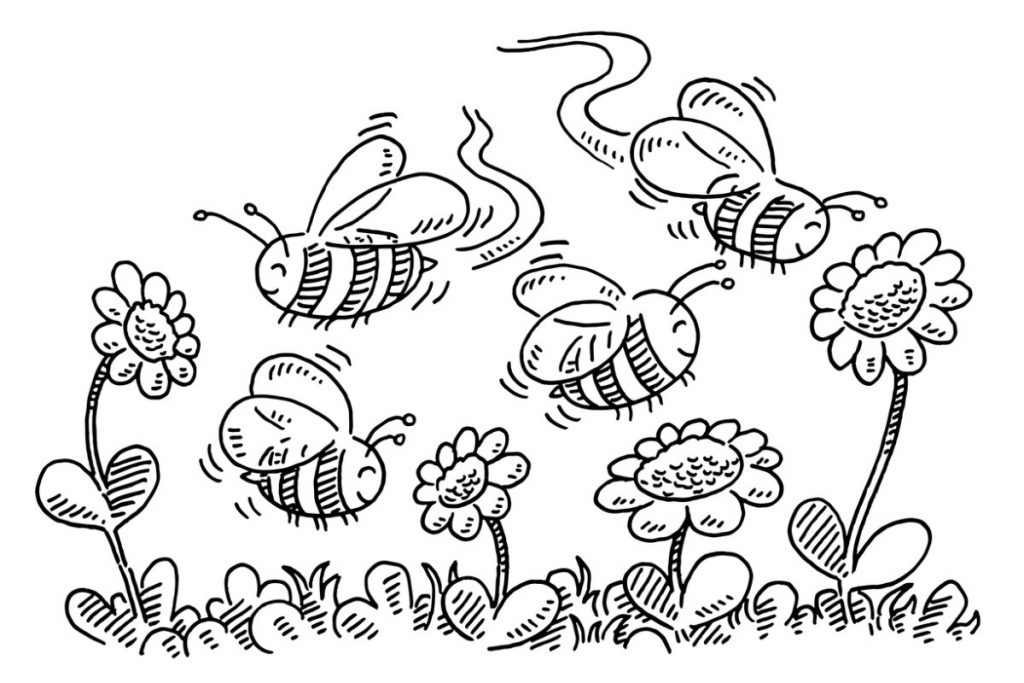 Rising interest rates have been a boulder on the shoulder of the stock market, joined by fears of a long-awaited recession and a federal debt-ceiling imbroglio. What will happen to equities once the Federal Reserve ends its tightening drive?
Rising interest rates have been a boulder on the shoulder of the stock market, joined by fears of a long-awaited recession and a federal debt-ceiling imbroglio. What will happen to equities once the Federal Reserve ends its tightening drive?
Usually nothing good, according to commentary by John Lynch, CIO of Comerica Wealth Management. Since 1980, the S&P 500 declined and bottomed out an average of 293 days after the final rate hike, with an average dip of 21.4%.
Why the market slide? Because a recession often follows the end of a rate-hike cycle, which typically was launched to tamp down inflation. Anxiety over the lead-up to that recession overshadows the cessation of tightening. Consequently, Lynch wrote, “the S&P index shows significant market weakness following the last rate hike.”
This was the case, for instance, during the time between the final increase in June 2006 and the following market low in March 2009: The index fell almost 54%, Lynch’s data show, as part of the Great Recession.
Of course, there are times when the rate increases end, and no recession appears for a while. Example: Between August 1984 (last increase) and October 1984 (market nadir), the index slipped just 3%. A recession did not land until 1990.
At the moment, it appears that the Federal Reserve’s most recent rate boost, at its meeting May 3, may be its last. After the meeting, Chairman Jerome Powell’s remarks hinted that a pause, at least, may be at hand. The futures markets overwhelmingly believe (by 73%) the May 3 increase was the last for the year. The Fed’s next policymaking meeting is June 13-14.
